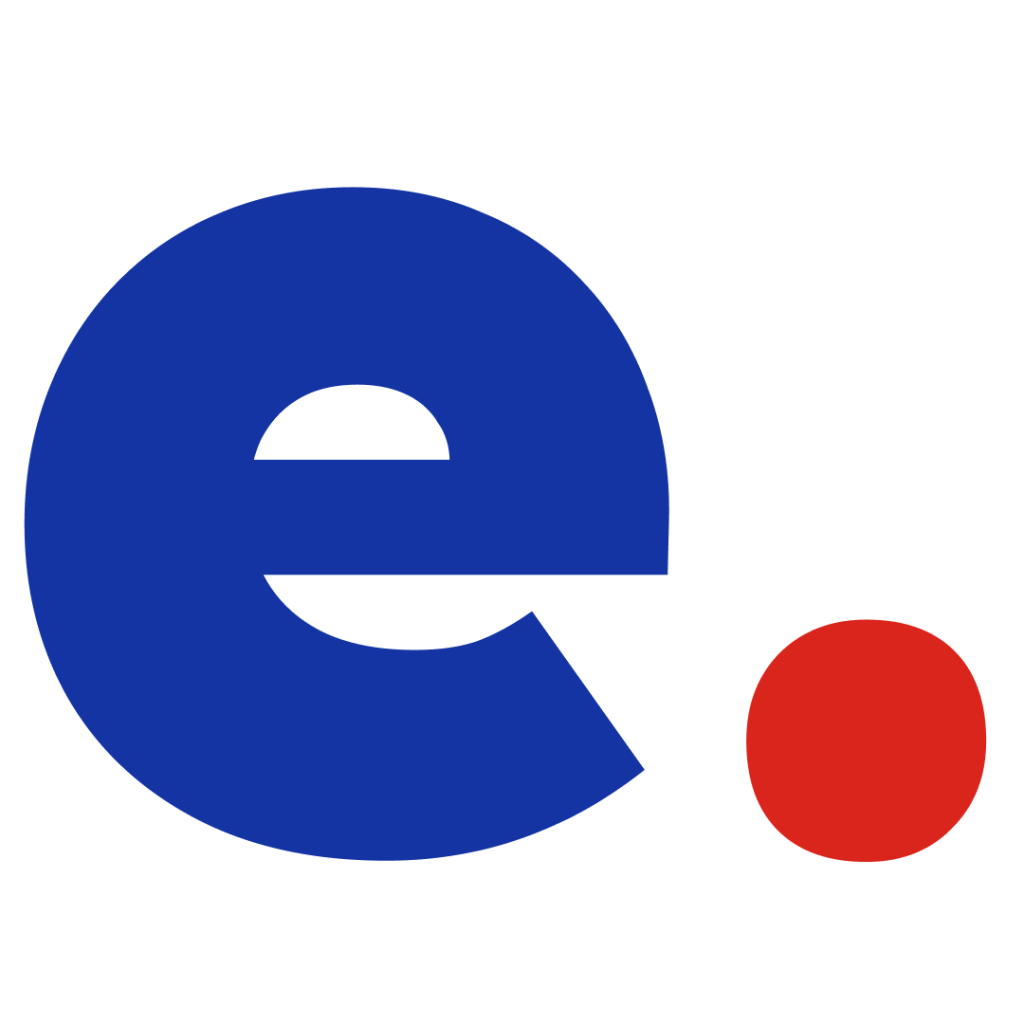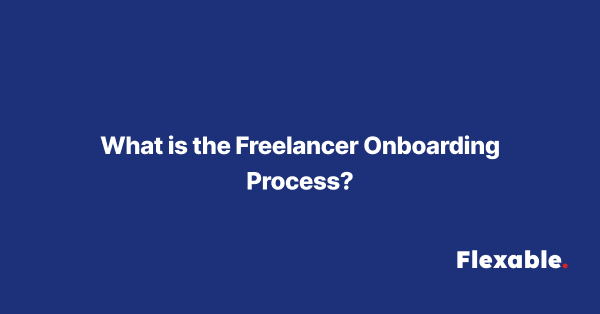The freelancer onboarding process is a structured procedure businesses and platforms use to integrate freelancers into their teams or systems effectively. This process ensures that freelancers understand the project requirements, expectations, and tools while setting a foundation for successful collaboration. For businesses or platforms working with freelancers, onboarding is not just a formality, it’s a critical step that can determine the quality and efficiency of the output. Here’s an in-depth look at the freelancer onboarding process, including its components, importance, and best practices.
Why Is Freelancer Onboarding Important?
Freelancers often work remotely, making clear communication and expectations crucial. A well-designed onboarding process offers multiple benefits:
Streamlined Communication: Ensures that freelancers are aligned with the company’s communication channels and protocols.
Enhanced Productivity: Provides freelancers with the tools and information they need to start working effectively from day one.
Consistency: Establishes clear guidelines that minimize misunderstandings and errors during the project.
Stronger Relationships: Demonstrates professionalism and builds trust between the freelancer and the business.
Legal and Compliance Assurance: Helps ensure that freelancers adhere to contracts, NDAs, and other legal obligations.
Key Components of the Freelancer Onboarding Process
Preparation and Documentation Before onboarding begins, gather all necessary materials to facilitate a smooth transition for the freelancer. This includes:
Detailed job descriptions or project briefs.
Contracts, NDAs, and tax forms (e.g., W-9, W-8BEN).
Brand guidelines, style guides, or any specific standards relevant to the project.
Orientation and Welcome
Provide an overview of your company, team structure, and culture. While freelancers may not be full-time employees, a sense of belonging can improve their engagement and output.
Share the project’s goals, timeline, and desired outcomes. This ensures the freelancer understands the bigger picture and their role in achieving it.
Access to Tools and Systems
Grant access to necessary tools, platforms, or software such as project management tools (e.g., Asana, Trello), communication platforms (e.g., Slack, Teams), or cloud storage (e.g., Google Drive, Dropbox).
Provide training or tutorials if required. For instance, if you use a proprietary tool, a short orientation can save hours of troubleshooting later.
Setting Expectations Clear communication is the cornerstone of any freelancer relationship. Discuss:
Deadlines and deliverables.
Preferred communication methods and response times.
Payment terms and invoicing procedures.
Feedback cycles and revision policies.
Introduction to Key Contacts
Introduce the freelancer to key team members or stakeholders they’ll interact with.
Clearly define points of contact for specific queries (e.g., technical support, payment concerns).
Performance and Success Metrics
Share how you will evaluate the freelancer’s performance. This could include timelines, quality benchmarks, or client satisfaction metrics.
Set measurable goals to provide clarity and motivation.
Best Practices for Freelancer Onboarding
Start with Clear Documentation A detailed project brief or scope of work ensures the freelancer knows exactly what is expected. Ambiguity at this stage can lead to misunderstandings down the road.
Foster Open Communication Establish an environment where freelancers feel comfortable asking questions or raising concerns. A lack of communication is one of the most common causes of project delays or dissatisfaction.
Offer Support Early During the first few days, check in frequently to address any questions or issues. This proactive approach can prevent small problems from escalating.
Be Transparent About Payment Clearly outline payment schedules, methods, and any necessary invoice requirements. Transparency fosters trust and ensures smoother financial transactions.
Gather Feedback Once the onboarding process is complete, ask the freelancer for feedback. Understanding their perspective can help improve the process for future hires.
Conclusion
The freelancer onboarding process is more than just a formality; it is a vital step that sets the tone for the entire working relationship. By investing time in a structured onboarding process, businesses can ensure smoother collaboration, higher productivity, and better outcomes. Whether you’re onboarding one freelancer or building a team of remote professionals, a clear and comprehensive process is key to fostering long-term success.

